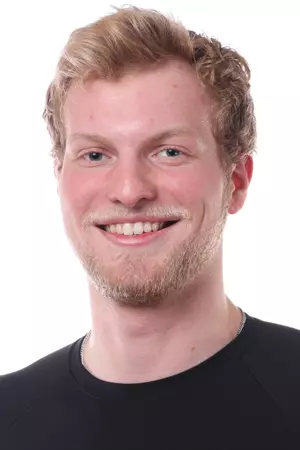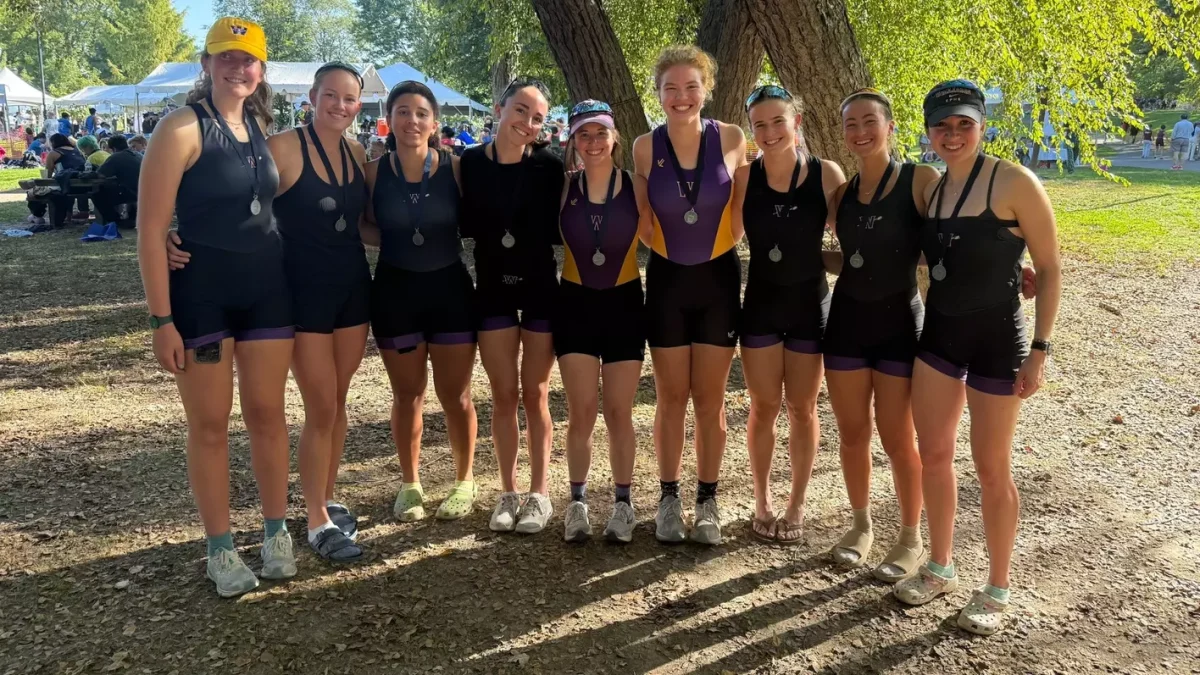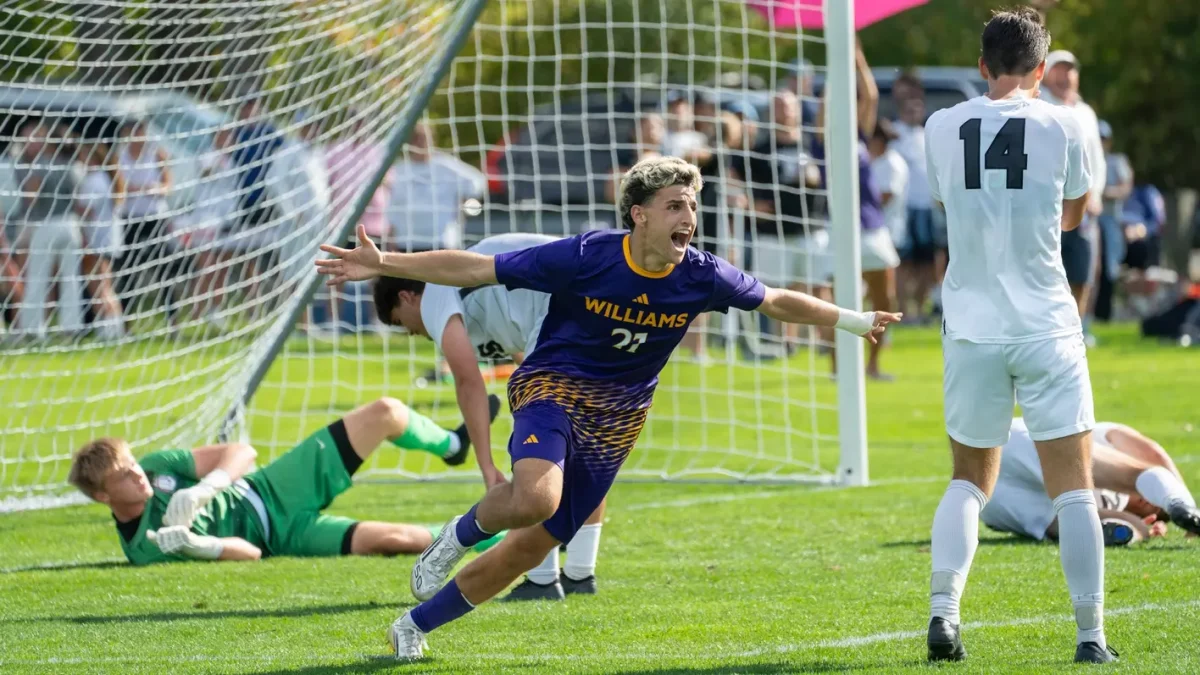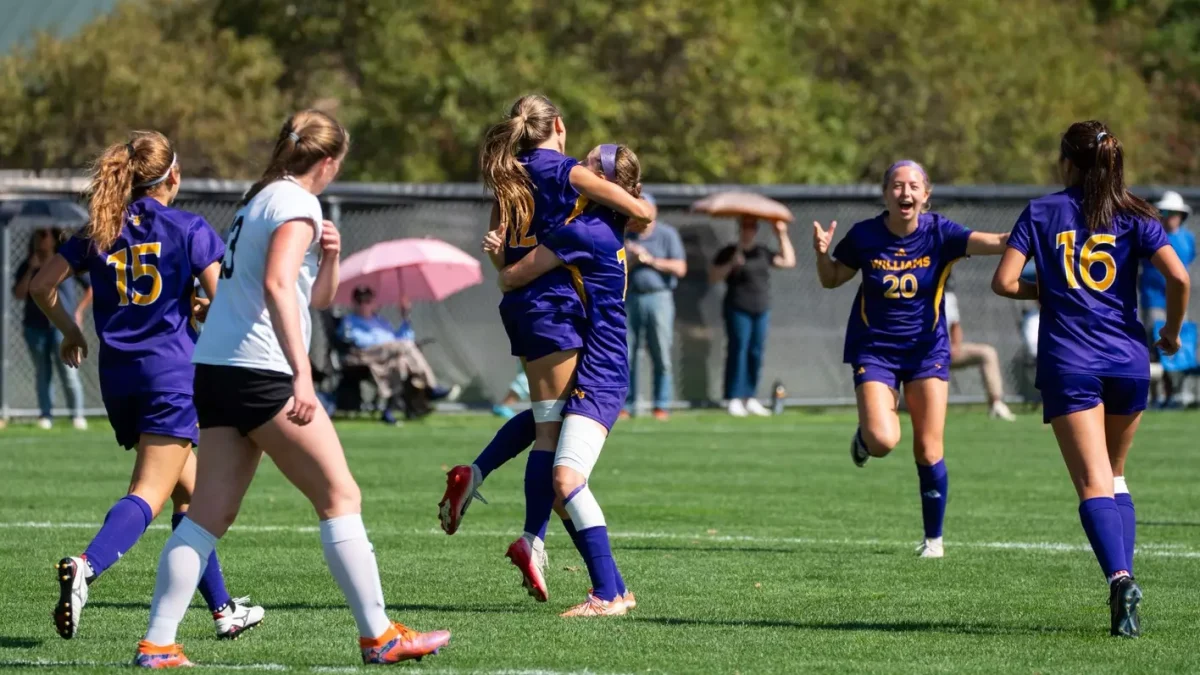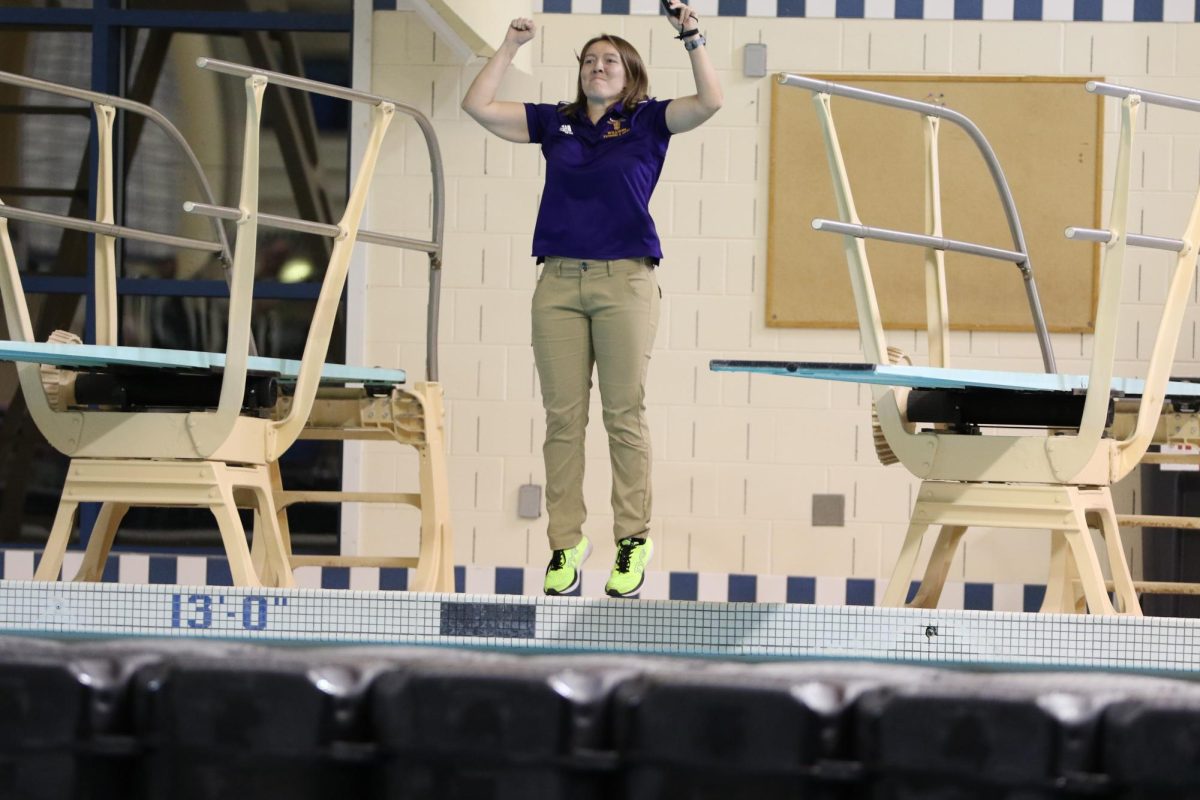Sports Psychology has worked to provide mental health services to student-athletes since 2013, aligning with a broader movement across the country to address mental health issues that arise among students on athletic teams.
Associate Director for Student Athlete Services Carolyn Miles, the first coordinator of student-athlete well-being and physical education, established Sports Psychology as a mental health service in 2013 to address the national concern that student-athletes were less likely to access mental health services due to the stigma associated with them.
“These were individuals that were seen on campus as being strong in body and therefore must be strong in mind,” Miles explained. “Our goal [was] to provide a place that feels a little safer for our student-athletes, [that is] a really easy access point, and also a way for [student-athletes] to make a connection [with a mental-health service provider].”
Sports Psychology, which currently sits under Integrative Wellbeing Services (IWS), has served as a prominent mental health resource on campus for student-athletes. The department began with psychotherapist Paul Gitterman but has since expanded to include therapist Michael Grinnell and assistant coach of Volleyball Vanessa Brown. The service’s hours have more than tripled over the years, from one day a week for a few hours to walk-in hours three times a week in addition to appointment hours. They also created a weekly support group for injured and retired athletes in 2017.
The walk-in hours have been the primary method for combatting mental and physical barriers to resources. Gitterman said he believes the casual, open nature of these sessions addresses the potential pressures of athlete culture that may discourage student-athletes from seeking help.
“We wanted to make sure that those who are devoting their energy to athletic interests also had access [to mental health] in a way that was more congruent with the way that they [may be] thinking about their lives, so it didn’t seem like they had to identify themselves as having a problem,” Gitterman explained.
The open hours were also designed to take place right before and during afternoon practices, so athletes can drop by and talk on the way to training. Athletic trainers, who are likely to identify struggling student-athletes, can also direct those students to the counselors at the gym during training, Miles said.
“If there was a stigma … I feel [the stigma has decreased] because we’ve increased access and we’ve seen more [student-athletes] utilizing those hours,” Miles said. “Is that a function of the fact that they were uncomfortable and [walk-in hours] are more comfortable? Perhaps. Is it because it’s more convenient? Perhaps…. There could be a lot of reasons [why], but we certainly know that they’ve been more utilized.”
The injured and retired athlete support group on Mondays has fewer visitors but also serves as a resource. According to the NCAA’s Sports Science Institute, “For some student-athletes, the psychological response to injury can trigger or unmask serious mental health issues such as depression, anxiety, disordered eating and substance use or abuse.”
Former SAAC co-president Kevin Walsh ’17 pushed for the group’s creation in 2017 after receiving his sixth concussion and learning he could no longer play football. Having experienced the emotional struggles caused by injuries, he hoped to provide peer-support for those who may be going through similarly difficult times.
Annabelle Feist ’20 was one such athlete who experienced mental struggle after career-ending injuries. She suffered from three degenerative disks in her back as a freshman rower at the College.
“I didn’t want to admit that I was injured for a really long time because I’d seen other members who were injured lose touch with the team or feel a little bit abandoned,” Feist said. “I [continued to row] my sophomore year … and that was really the worst year for my mental health. In order to compete I have to be mentally 100% in it, so every time I had to fully convince myself ‘This time it’s going to work, and I can do this.’ Every time I failed it was definitely harder.”
Feist ultimately stopped attending the Injured and Retired Student-Athlete support group due to scheduling conflicts and her personal need to sort out her emotions internally, but she still found solace through the group, which reinforced that she was not alone in her experiences.
“The experience of being injured can be really isolating, so the group is intended to bring athletes from multiple sports together to recognize they are not going through that experience alone,” Brown, the group’s facilitator, explained. “In past meetings we have used the space to vent about and talk through feelings of frustration or loneliness, discussed available resources on campus and talked through what new roles on teams look like. We also included retired athletes in the group, as transitioning from sport [as an athlete] can lead to questions about one’s identity, where [one] fits in, what other hobbies or goals they want to pursue…. We realized that injured athletes may be wondering about similar questions.”
Today, many of the teams and coaches are actively supporting this mental health initiative on campus. According to Gitterman, though many negative associations have been attributed to the culture surrounding male-contact sports, he sees approximately an equal number of male and female student-athletes every week. Many of the teams’ coaches have also reached out to work with Gitterman on promoting mental health resources for their student-athletes.
For women’s soccer co-captain Elizabeth Webber ’20, mental health is an important conversation for the team. Her team and coach have been normalizing conversations on mental health and encouraging players to take time off if necessary in their effort to prioritize wellness for players, she said.
Women’s lacrosse player Isabel Rosenberg ’23 also experienced a similarly encouraging environment within her team.
“We are allowed to take one practice off, no questions asked, if we need to,” Rosenberg wrote. “We are encouraged to use resources such as the Sports Psychology walk-in hours and other resources available on campus. Our three core values as a team are to care, communicate, and compete, and we have discussed that an important element of caring about the team is taking care of yourself.” “This campus has done a really wonderful job,” Gitterman praised. “The students here have done a wonderful job of reducing the stigma of accessing our services in general. I think that issue [of stigma] has really changed since [IWS] started.”
SAAC’s mental health initiative acknowledges the need for adequate mental health resources for both student-athletes and non-athletes. With the expansion of IWS and increasing numbers of peer networks for mental health, the College and the students have been moving towards a unified goal.
“I don’t see it as student-athlete mental health specifically,” Miles said. “I see this as student mental health, and we are using the same student mental health resources and bringing them into athletics.”




